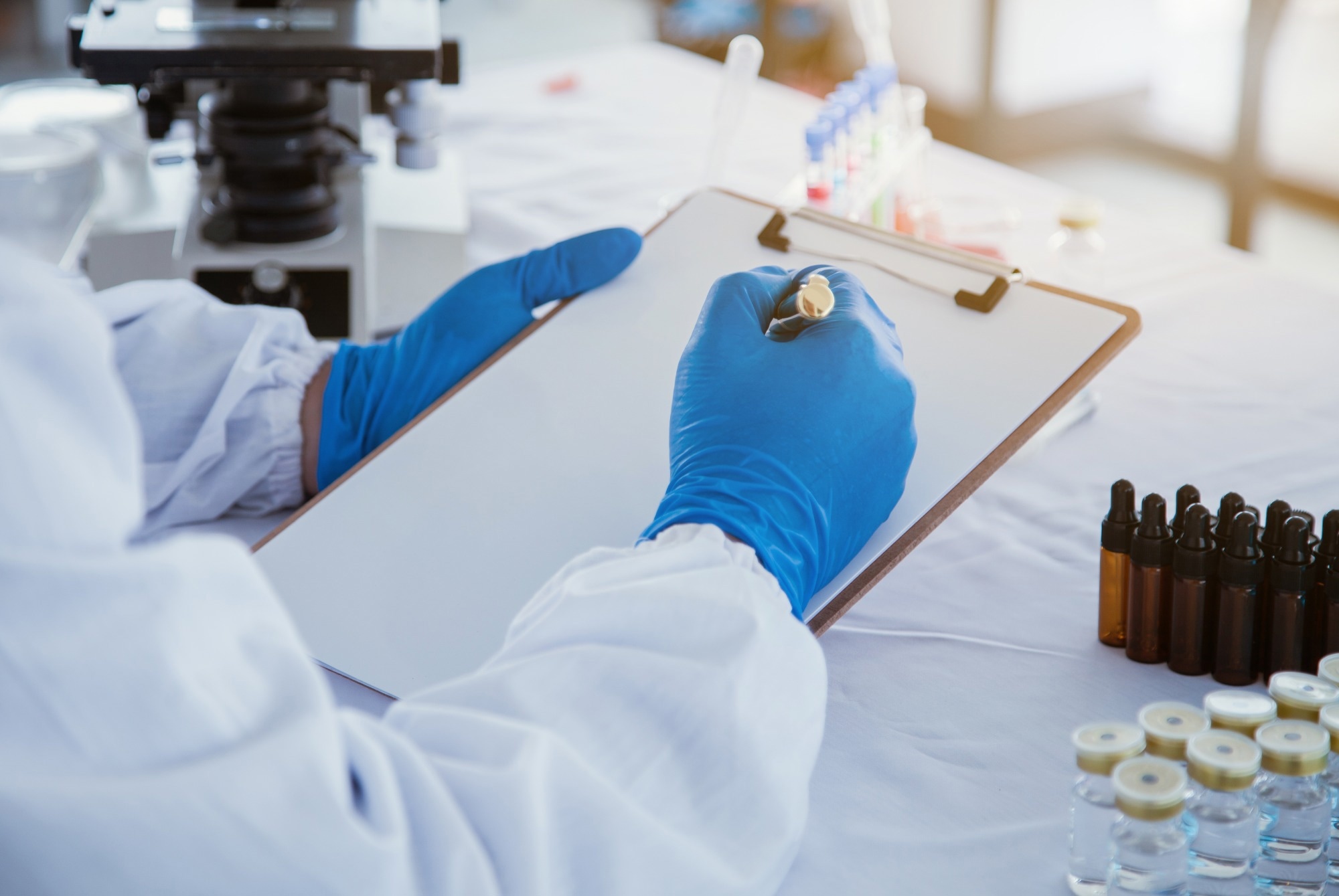In this review published in The Lancet, researchers performed a double-blinded, phase III randomized trial to gather safety and immunogenicity data for a live-attenuated vaccine (LAV) candidate 'VLA1553' for the chikungunya virus. They reported data up to day 180 post-vaccination for 4,115 healthy participants.
 Study: Safety and immunogenicity of a single-shot live-attenuated chikungunya vaccine: a double-blind, multicentre, randomised, placebo-controlled, phase 3 trial. Image Credit: SaiThawKyar/Shutterstock.com
Study: Safety and immunogenicity of a single-shot live-attenuated chikungunya vaccine: a double-blind, multicentre, randomised, placebo-controlled, phase 3 trial. Image Credit: SaiThawKyar/Shutterstock.com
Background
Chikungunya, a mosquito-transmitted disease, affects all sex and age groups during its sporadic but unpredictable outbreaks globally. In the past 15 years, chikungunya virus infections occurred in over 100 countries worldwide.
Studies have shown that its case-fatality ratio is between 0.3 and one per 1,000 individuals; thus, there is an unmet medical need for prophylaxis against the chikungunya virus.
Based on its phase I clinical trial findings, the researchers found that VLA1553 had a good safety profile and high immunogenicity. More importantly, they identified that its medium dose of 1 × 104 per 0·5 mL of 50% Tissue Culture Infectious Dose (TCID50) was ideal for further development.
Thus, the United States Food and Drug Administration (US-FDA) and European Medicines Agency (EMA) regulators made VLA1553 move directly into phase III trials agreeing to a surrogate of protection of 150 or higher μPRNT50.
About the study
In the present multicenter trial, researchers recruited healthy adults aged ≥18 years with no history of chikungunya virus infection or immune system defect across 43 professional vaccine trial sites in the USA.
They randomized them in a 3:1 ratio using an interactive web response system (IXRS). On day one, they administered a single dose of VLA1553 or a placebo intramuscularly. They assessed vaccinated individuals during on-site study visits seven, 28-, 84-, and 179 days post-vaccination.
The primary endpoint of the trial was to assess the proportion of participants with a seroprotective chikungunya virus antibody level at baseline, defined as a 50% plaque reduction in micro plaque reduction neutralization test (μPRNT) of ≥150 for negative baseline participants, 28 days post-vaccination.
While they included all vaccinated participants in the safety analysis, the immunogenicity analyses dataset comprised a subset of participants from only 12 pre-selected study sites.
The team assessed safety laboratory parameters per the FDA's toxicity grading scale and captured adverse events if clinically relevant. They provided all participants with an electronic memory aid to record safety data, including daily body temperature. They solicited systemic and injection site adverse events for ten days post-vaccination.
The team separately monitored all symptoms lasting more than three days as adverse events of special interest (AESI) and recorded those as serious adverse events (SAEs), which met the seriousness criteria.
In fact, a Data Safety Monitoring Board (DSMB) regularly reviewed accumulating safety information till day 180, i.e., the end-of-study.
Results
The authors enrolled and randomly assigned 3,093 and 1,035 (4,128 participants) to receive VLA1553 or a placebo, respectively. The safety subpopulation comprised 4,115 participants, of which 3,082 and 1,033 were in the VLA1553 and placebo groups, respectively.
In this trial, a single dose of VLA1553, a LAV based on the La Reunion strain of east central South African genotype of chikungunya, was safe, well tolerated, and highly immunogenic versus placebo in healthy US volunteers, as indicated by VLA1553-induced seroprotective levels of antibodies in 98·9% of participants and high seroprotection rates up to 180 days post-vaccination.
The DSMB did not raise any serious risks concerning all reported adverse event classes associated with VLA1553.
The authors noted that VLA1553-induced neutralizing antibody (nAb) titers against the chikungunya virus were protective and well-tolerable for nearly all participants, regardless of age, i.e., in younger and older adults.
Accordingly, at day 180, 233 of 242 participants had nAb titers above the seroprotective level of antibodies in the VLA1553 arm, implying the study met its primary immunogenicity endpoint.
Furthermore, the seroconversion rate was 99·2% on day 29 and remained stable throughout, with 238 of 242 participants maintaining seroconversion. The adverse event profile of VLA1553 was comparable to most other licensed vaccines already being used, and it triggered nearly all adverse events within four weeks.
The study follow-up lasted up to 180 days post-vaccination. Though nAb titers declined beyond 28 days post-vaccination, seroprotection persisted at a rate of >96% throughout the study period. Also, up to 180 days post-vaccination, adverse events were reported more frequently for VLA1553 than placebo arm, i.e., 62·5% vs. 44·8.
The authors noted AESIs, indicative of an acute chikungunya virus infection, in 10 (0·3%) of 3082 participants in the VLA1553 group and only one of 1033 participants in the placebo group. However, most AESI events were self-limiting and resolved after two to four days.
Conclusions
According to FDA, due to the unpredictable epidemiology of the chikungunya virus, it was economically and logistically unfeasible to conduct a typical vaccine efficacy trial to demonstrate disease prevention.
In this study, the researchers demonstrated that a LAV for the chikungunya virus provided long-lasting immune protection after a single immunization shot, a feature eradicating the limitations of adherence to booster doses.
More importantly, it worked for all adults regardless of age, a risk factor for chikungunya virus-related mortality. Its strong immunogenicity and favorable safety profile seem to be highly clinically relevant.